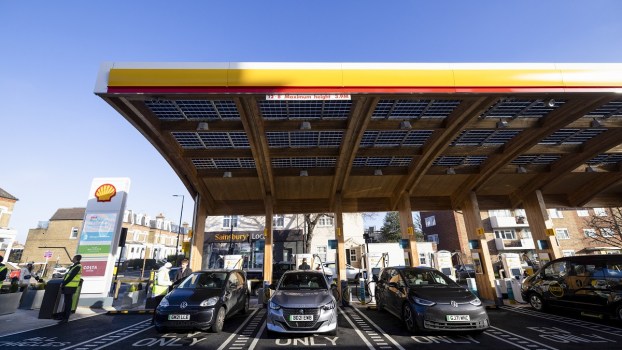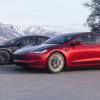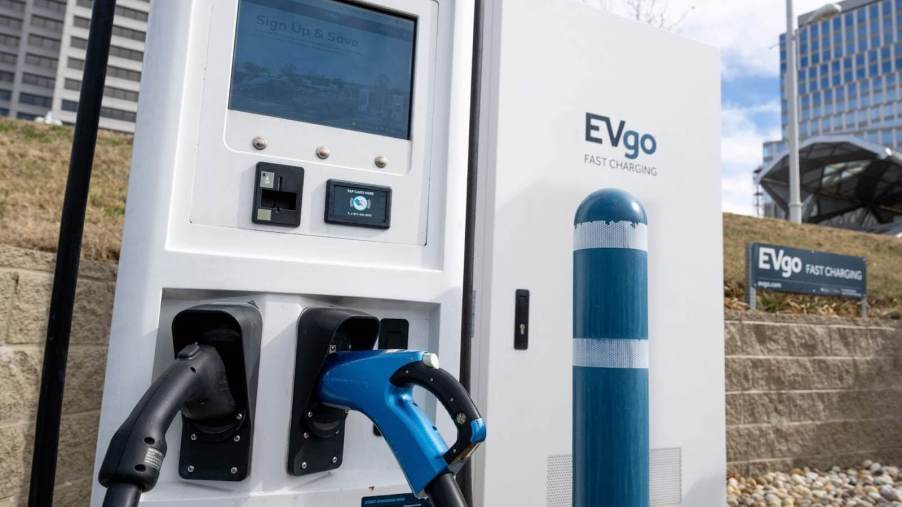
EV Charging Problems are the Next Hurdle for Mass Adoption
As more drivers consider making the switch to electric vehicles, infrastructure problems highlight the latest in a series of problems inhibiting their mass appeal. While the old hindrance was range anxiety, now EV charging problems seem to be causing widespread hesitation. Even with those who have already purchased EVs, charging is seen as a major problem. We explore some of the common EV charging problems occurring right now, and look at possible solutions to make life easier for everyone.
No live reporting of EV charging problems
With EV charging stations being few and far between, it is important that drivers know the state of each charger before making the trip to plug in. Unfortunately, there is no reliable reporting of EV charging problems or slowdowns at the moment. Drivers often reach charging stations expecting a certain rate of charge, only to find out that output is limited. This can take a 30-minute fast-charge and turn it into a 60-minute ordeal. Worse yet, the charger may not work at all, in which case driver’s have spent precious range getting to charging station that won’t let them plug in.
Fast charging not always available
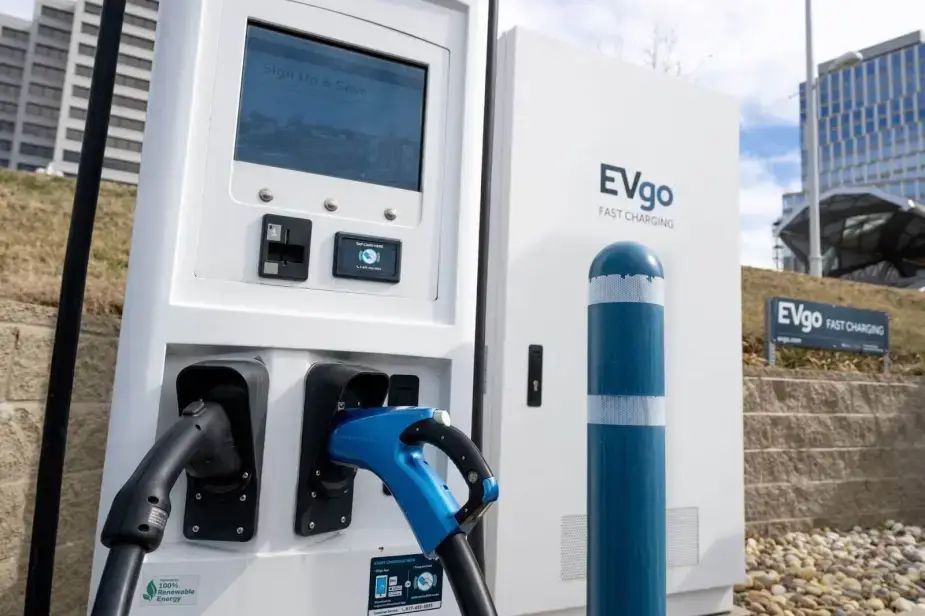
We’ve covered this a bit in point one, but it bears repeating. Despite high speed charging capabilities, oftentimes “Fast Chargers” will have limited output that doesn’t match the vehicle’s max charging speed. Once again, this drastically slows charge times, reducing the number of vehicles that a charger can service in a given day. Worse yet, vehicles not capable of fast charging can be parked at fast charging stations, relegating those with more capable vehicles to a slower charging solution. For anyone that paid extra cash for an EV capable of fast charging, it leaves a sour taste.
Public charging doesn’t often connect
In a recent video by The Smoking Tire’s Matt Farah, the Mustang Mach-E owner needs multiple attempts to get an EV charger to connect to the vehicle. This isn’t a case of user error or even a vehicle problem. It is that the software inside the EV charger is having problems establishing a connection. When is the last time it took three attempts to get the gas pump to function?
The problem here largely relates to the number of EVs currently on the market. EV charging manufacturers have to ensure that their software works with a variety of different vehicle brands. It’s one advantage that Tesla’s supercharging network maintains, but at the same time it is ridiculous to think that every car brand would need its own bespoke charging network. Imagine if every brand needed its own gas stations instead of a universal solution.
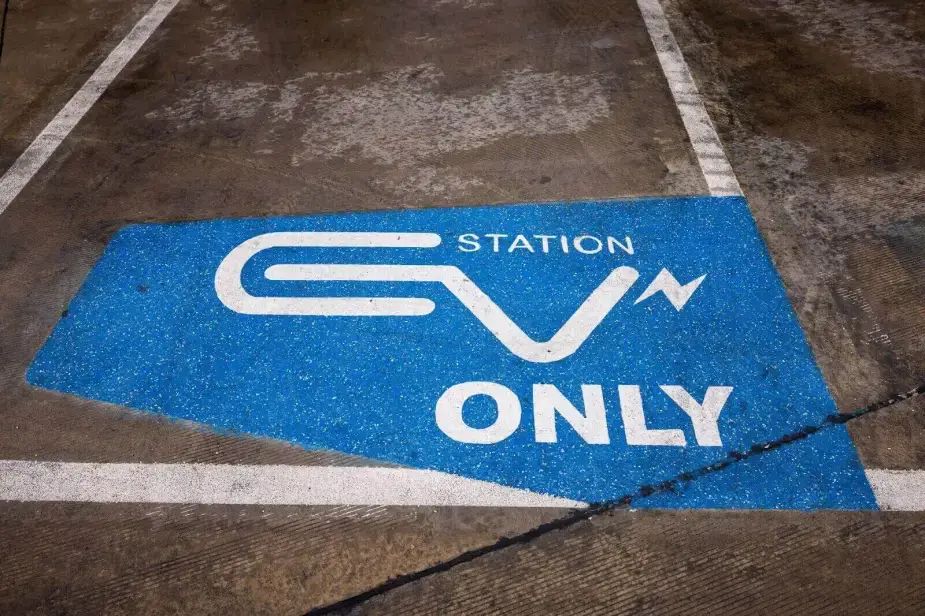
We believe that this software issue can be worked out over time, but for now it makes owning an EV a frustrating experience.
How to solve these EV charging problems
Like most new things, time will help resolve many of these public EV charging issues. No technology is flawless out of the gate, and development of better software and hardware will improve the experience. However, the current infrastructure is out of line with desired electric vehicle adoption. That problem won’t be solved in a few years, even if we know that electric vehicles are the future.
